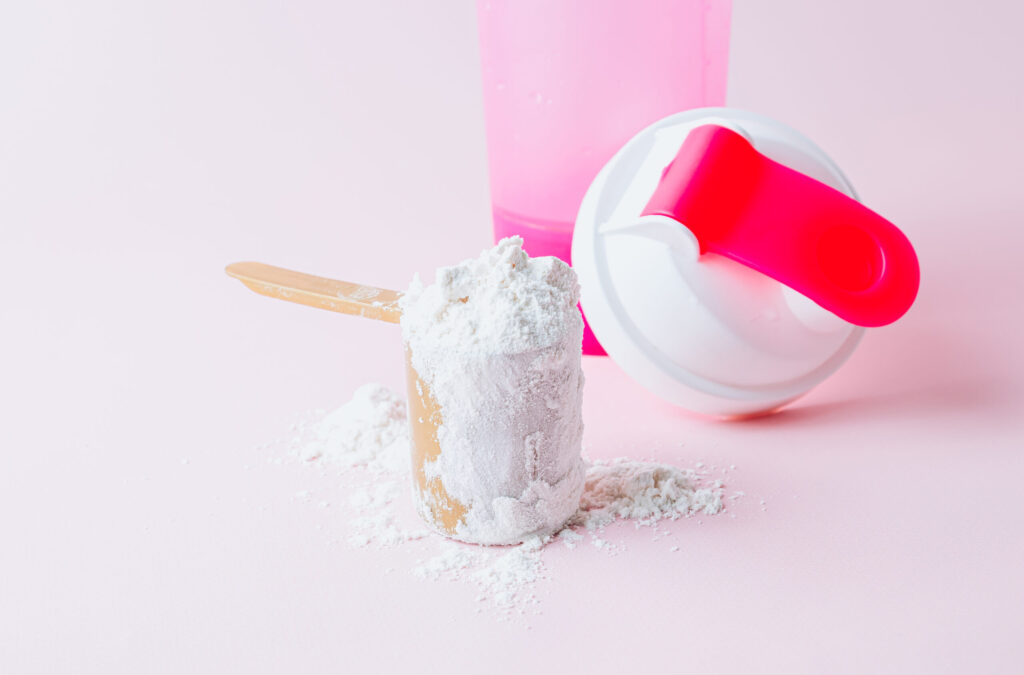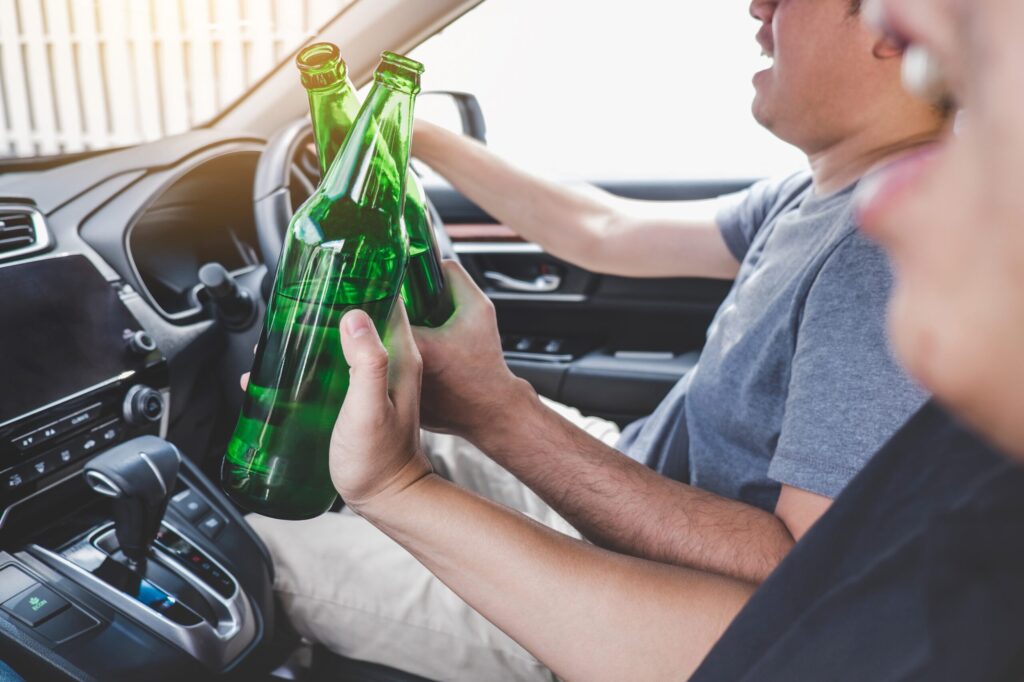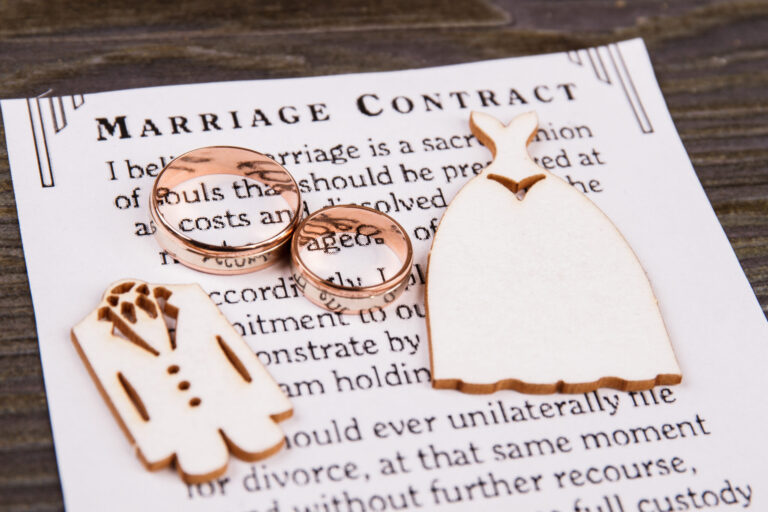Intoxicating substances have been a part of human culture throughout history. Ancient Mesopotamians, among other ancient peoples, enjoyed cannabis. Alcoholic drinks played a major cultural role in Ancient Greece, Ancient Rome, and Ancient Egypt.
And, for as long as there have been such intoxicating substances, there have been legal issues with them. Today, alcohol and marijuana law remain fascinating and complex subjects.
Alcohol and the Law
Today, you have to be 21 in the United States in order to enjoy an alcoholic drink. But that wasn’t always so. Alcoholic beverages were public enemy number one to the prohibitionists. The prohibition movement existed in the early years of the United States, though its beliefs were largely limited to certain religious populations (particularly the Methodists). The battle against alcoholic drinks picked up steam in the mid-1800s, but it was knocked off course by the Civil War. Still, the prohibitionists did not give up. The war on alcohol content continued.
In 1920, the prohibitionists got their way. The 18th Amendment banned the manufacture, sale, and distribution of any type of alcohol made for drinking, from ethyl alcohol (“grain alcohol”) to the finest wines and liquors. “Prohibition” had arrived, and alcoholic drinks were on the way out.
Prohibition was a disaster. Alcohol consumption fell drastically, of course, but it was not eliminated. Plenty of Americans still wanted to visit liquor stores and bars. Those things being illegal, criminals stepped into the void. Prohibition was a boom time for organized crime, which fed the public’s appetite for alcoholic beverages with all the enthusiasm of a good bar or liquor store—and without any of the care or concern for public safety.
“Bootleg” liquor could vary in alcohol content and in safety. The addition of toxic materials (often by accident—brewing or distilling alcohol isn’t always simple) was a health issue as well as a legal issue. Criminal charges brought down some mobsters, but others flourished in defiance of federal law. Meanwhile, Prohibition became massively unpopular with the public. In 1933, the 21st Amendment repealed the 18th, ending prohibition.
Alcohol’s legal journey wasn’t finished just yet. Later laws established legal minimum ages for drinking. Most standards fell from 21 to 18 in the 1960s and 1970s, but federal law later forced state minimums back up to 21. The effort was aimed at binge drinking and (in particular) at drunk driving. DWI and DUI incidents fell after the age was raised.
Marijuana and the Law
Alcohol’s legal history is fascinating, but marijuana’s might be even stranger. Like alcohol, marijuana was prohibited by federal law for years in the United States. But, unlike alcohol, marijuana remains illegal at the federal level. Furthermore, marijuana appears to be far less deserving of its legal status: Experts universally consider it to be safer of the two substances, and it has medical benefits to boot.
Hemp was widely grown and widely used in the early United States (largely for things like rope and fabric). But attitudes changed in the early 1900s. After the Mexican Revolution, some states began to look unkindly at a drug that was most popular with Mexican refugees and African-Americans. Racism—and quite a bit of sensationalist “yellow journalism”—led to a trend in state laws banning marijuana in the 1920s and 1930s. The federal government got in on the act in the 1930s, and marijuana was effectively illegal from that point forward.
Like alcoholic beverages, marijuana remained popular even while banned. But, unlike alcohol consumption, marijuana appeared to actually have health benefits. Federal regulations made research difficult, but scientists were nevertheless able to demonstrate that marijuana helped patients with conditions like cancer. That led some states to legalize marijuana for medical use. California became the first in 1996, but it was not alone for long.
Then, in the 2010s, recreational use began to be legalized. Colorado and Washington State were the first two to act in 2012. They have since been joined by nine other states and counting.
None of this makes marijuana’s legal status simple. If anything, it’s quite complicated. Starting a marijuana business in Colorado requires the help of a marijuana attorney in Colorado—laws are different in the state of Colorado than they are in the state of Washington. Getting financing can be tough since some banks worry more about federal law than about laws in the state of Colorado. And there’s plenty of red tape: Law enforcement still takes marijuana infractions seriously, and there are plenty of statutes on the books laying out recreational and medical marijuana law.
But marijuana use is legal in many states, including both medical marijuana use and recreational marijuana use. Marijuana prosecutions now focus on different sorts of violations (including DUI and licensing issues). The Attorney General and federal prosecutors have shown little appetite for going after businesses within states with legal weed. There is much more to do in the area of marijuana law, but we’ve already come a long way.














